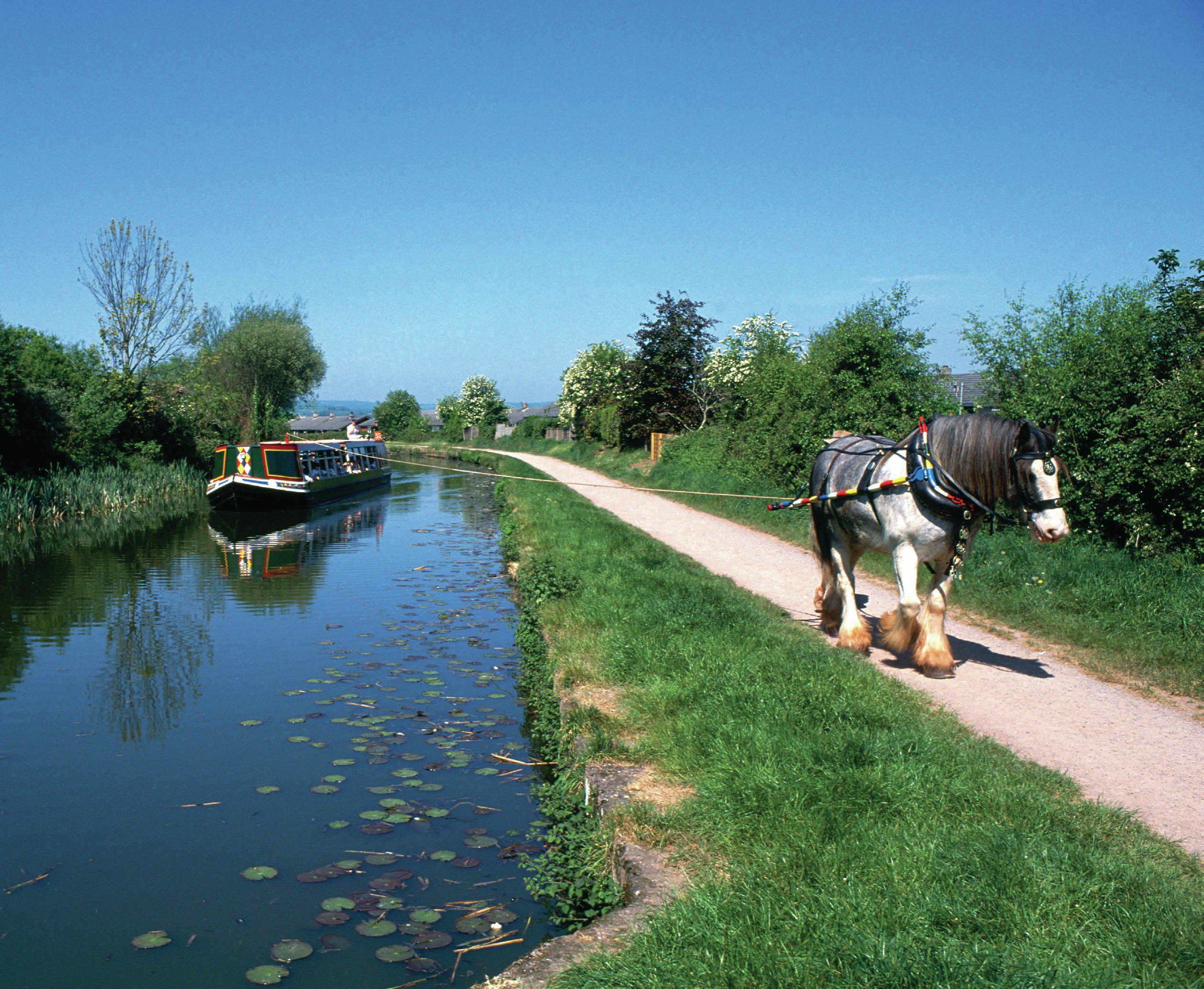
I have recently become the proud owner of a canal boat. It has an engine to move it along, but if we only want to go a short distance, perhaps 100 m or so, then we sometimes don’t bother to start the engine but use ropes instead. Back in the eighteenth century, when the canals were built, boats didn't have engines so the use of ropes was the norm, with horses or donkeys doing the pulling.
How does it work? If you want the boat to move forwards it would be logical to pull from the front, in the direction you want to go, but clearly the horse would then have to walk in the water, which would be rather impractical. In reality, the horse walks along the path built at the side of the canal (the towpath) and pulls the boat from there. Now, of course, it has to pull at an angle, and we might expect the boat to come into the side rather than move along. Is this really what happens?
Your organisation does not have access to this article.
Sign up today to give your students the edge they need to achieve their best grades with subject expertise
Subscribe




